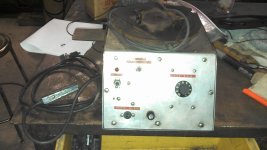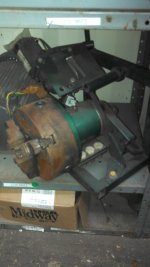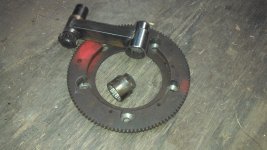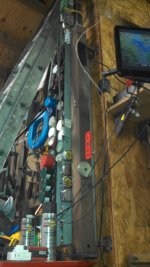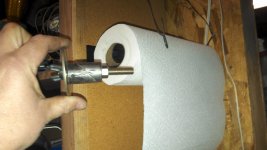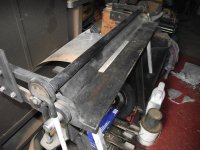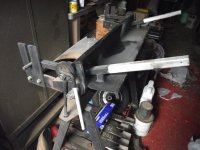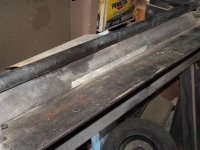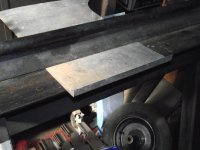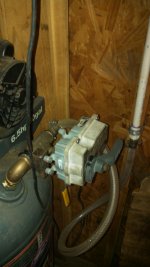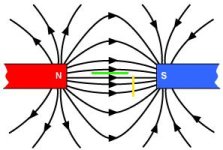jwmorris
Veteran Member
- Joined
- Oct 3, 2007
- Messages
- 1,036
The first two are rotatory weld positioners so you can weld around things without stopping. First one is for flat thing's the second for longer sections (has a 3" through hole).
An old fly wheel machined to bolt to a brake drum to tighen axle nuts on old VW's the incert socket is for the gland nut on the flywheel. 45 ft/lb in is 270 ft/lb out (stamped into the flywheel where orange paint is just incase I don't remember)
An old fly wheel machined to bolt to a brake drum to tighen axle nuts on old VW's the incert socket is for the gland nut on the flywheel. 45 ft/lb in is 270 ft/lb out (stamped into the flywheel where orange paint is just incase I don't remember)
